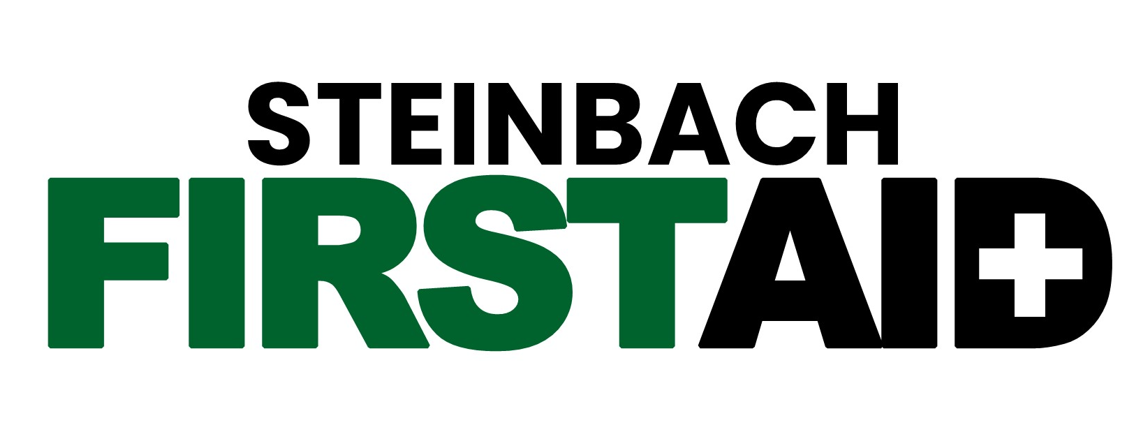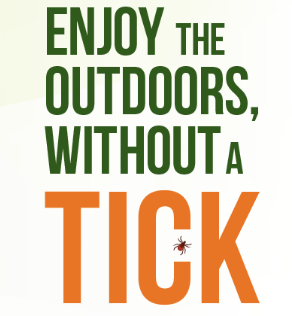Learn how you can reduce your risk:
Lyme disease is spread by the bite of infected blacklegged ticks. These ticks are often found in and near areas with trees, shrubs, tall grass or piles of leaves. It can cause serious health issues if untreated, but you can take action to reduce your risk.
Prevent
- Wear light coloured long-sleeved shirts and pants.
- Tuck your shirt into your pants, and your pants into your socks.
- Wear closed-toe shoes.
- Use bug spray with DEET or Icaridin (always follow label directions).
- Walk on cleared paths or walkways.
- You can also wear permethrin-treated clothing, now available in Canada (always follow label directions).
What should you do if you’re bitten?
Take Action
- Use clean fine-point tweezers to immediately remove attached ticks:
- Grasp the tick’s head as close to your skin as possible.
- Slowly pull it straight out. Try not to twist or squeeze the tick.
- If parts of the tick’s mouth break off and remain in your skin, remove them with the tweezers.
- If you can’t remove the mouthparts, leave them alone, and let your skin heal.
- Wash the bite area with soap and water or alcohol-based sanitizer.
- Keep the tick in a closed container and bring it with you if you go see your health care provider.
- Contact your health care provider if you’re not feeling well or if you are concerned after being bitten by a tick.
Early Detection is Key
The identification of Lyme disease in its early stages is very important. In most cases, if caught early, Lyme disease can be treated effectively with antibiotics.
Symptoms typically occur 3 to 30 days after you’ve been bitten. They can differ from person to person and could include any of the following:
- Rash (sometimes shaped like a bull’s eye)
- Fever
- Chills
- Headache
- Fatigue
- Aching muscles and joints
- Swollen lymph nodes
More severe symptoms (experienced weeks to months after a tick bite, if untreated) could include but are not limited to:
- Severe headaches
- Facial paralysis (such as Bell’s palsy)
- Joint pain
- Irregular heart beat
- Nervous system disorders (such as dizziness, mental confusion or inability to think clearly, and memory loss, nerve pain, numbness or tingling in the hands or feet)
Contact your health care provider if you’re not feeling well or are concerned after being bitten by a tick.
Credit: Public Health Agency of Canada

